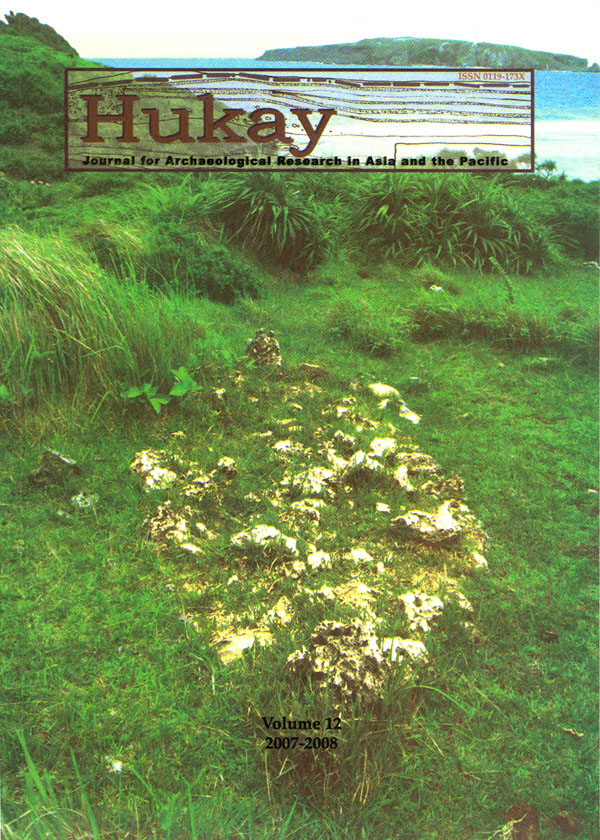Preliminary Results of Speleothem Dating from Tabon Cave, Palawan, Philippines: Moisture increase at the Last Glacial Maximum
Abstract
Preliminary study of a thick speleothem layer at Tabon Cave, Palawan, demonstrates the potential such layers hold for dating and for interpretation of local and regional climatic variations during archaeological periods. A layer of gypsum speleothems, previously suggested to be travertine, has produced uranium series dates generally correlating with bracketing radiocarbon dates on charcoal, confirming an increase in moisture around the time of the Last Glacial Maximum. Dating and study of additional speleothems in Tabon and other caves in Island Southeast Asia is recommended as an approach with great potential for archaeological studies and for reconstructing regional climate history in the Pleistocene and Holocene.
How to Cite
LEWIS, Helen; JOHNSON, Kathleen; RONQUILLO, Wilfredo.
Preliminary Results of Speleothem Dating from Tabon Cave, Palawan, Philippines: Moisture increase at the Last Glacial Maximum.
Hukay, [S.l.], v. 12, dec. 2014.
ISSN 0119-173X. Available at: <https://journals.upd.edu.ph/index.php/asp/article/view/4421>. Date accessed: 05 aug. 2025.
Issue
Section
Articles



